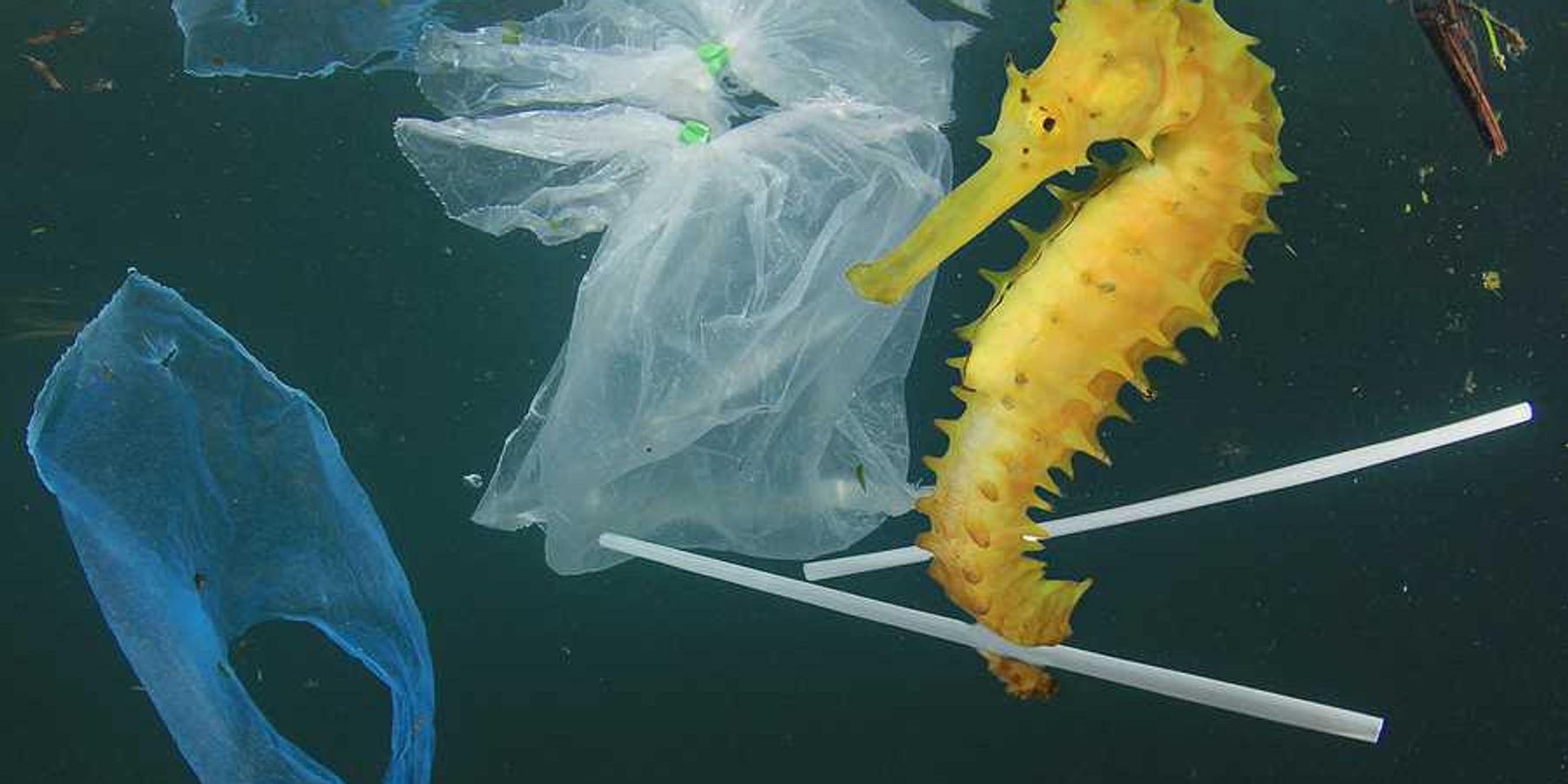sunlight
Cities can use cool roofs to combat extreme heat
Cool roofs, which reflect sunlight, can help cities reduce the urban heat-island effect, potentially saving lives as global temperatures rise.
In short:
- Urban heat-island effect increases city temperatures due to concrete and asphalt absorbing heat.
- Cool roofs, using reflective materials, can significantly lower temperatures more effectively than green roofs or solar panels.
- Policies and incentives are needed to promote the adoption of cool roofs in urban areas.
Key quote:
"In the same way that the urban environment that we have built around us can exacerbate heat, it can also be modified to reduce that heat."
— Edith de Guzman, researcher at UCLA and director of the Los Angeles Urban Cooling Collaborative
Why this matters:
As cities grow hotter due to climate change, effective cooling measures like cool roofs can reduce heat-related illnesses and deaths. Implementing these passive cooling techniques helps make urban environments more livable and resilient.
Local officials end cloud brightening experiment in Alameda, California
Alameda's city council has voted to halt a pioneering cloud-brightening experiment aimed at combating climate change.
Corbin Hiar reported for E&E News earlier this week on why the vote has implications beyond one single community.
In short:
- The Alameda vote ends the city's participation in the CAARE project, which aims to explore marine cloud brightening as a method to combat global warming.
- Local officials halted the experiment last month due to permit issues, raising concerns about public engagement and regulatory compliance.
- Experts generally support the experiment, but environmental groups oppose it, fearing it could lead to widespread geoengineering practices.
Key quote:
"Cancellation of this small experiment could add to public confusion about climate intervention research more broadly."
— Frank Keutsch, atmospheric science professor at Harvard University
Why this matters:
The cloud-brightening technique involves spraying fine sea salt particles into the atmosphere to increase the reflectivity of clouds. By doing so, scientists aim to reflect more sunlight back into space, thereby cooling the Earth's surface. Proponents of the experiment argue that this method could provide a vital tool in the fight against rising global temperatures, potentially offering a temporary solution while broader carbon reduction strategies take effect. Alameda’s decision will influence the future of geoengineering research in the U.S., impacting global efforts to find viable climate solutions.
Related EHN coverage:
Floating factories of artificial leaves could make green fuel for jets and ships
Cambridge University scientists develop a device to ‘defossilise’ the economy using sunlight, water and carbon dioxide.
Chukwumerije Okereke: My continent is not your giant climate laboratory
George Soros wants to block Arctic sunlight. Will he fund it?
One of the world’s top funders of progressive campaigns is promoting a controversial plan to shield the rapidly melting Arctic from the warmth of the sun.
Climate change threatens ‘fluffy’ algae balls with extinction
The climate crisis could kill off the endangered rare underwater "marimo" algae balls by exposing them to sunlight, according to a new study at the University of Tokyo.









